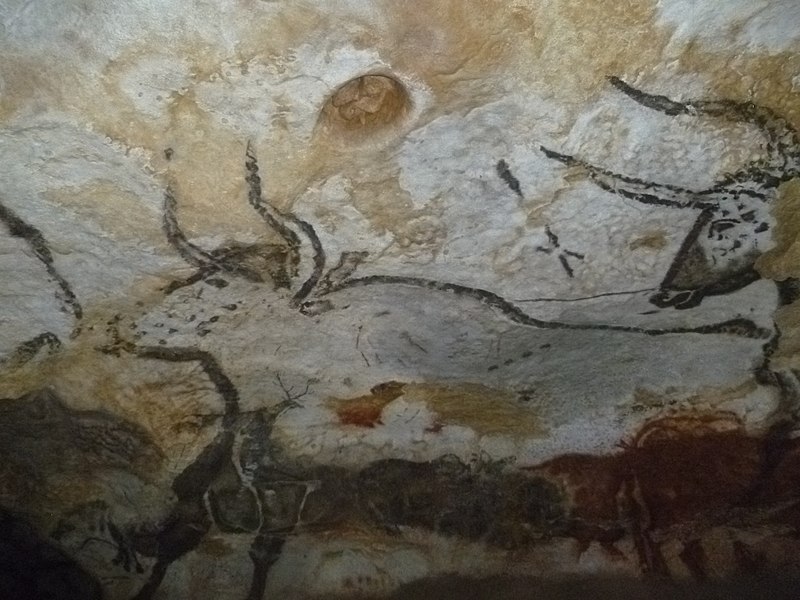Could These Cave Markings Be the Earliest Form of Writing?
New research proposes that symbols in 20,000-year-old cave drawings are a proto-writing system, but not all scientists are convinced
Margaret Osborne
Daily Correspondent
January 6, 2023

A cave painting of an extinct cattle species from Lascaux, France, with markings on its back. JoJan via Wikimedia Commons under CC BY 4.0
Around 20,000 years ago, Ice Age hunter-gatherers in Europe decorated caves with a variety of animal drawings, ranging from salmon to cattle. Sometimes, the creatures were accompanied by a mysterious series of symbols, including dots, lines, asterisks and crosses. Researchers have long debated the meaning of these markings, but without consensus.
Now, in a new study published in the Cambridge Archaeological Journal, scientists propose that these sequences were an early form of writing that recorded animal behavior. If confirmed, this would mean humans had developed a proto-writing system at least 10,000 years earlier than previously thought, reports Alison George for New Scientist.
The symbols may not be considered written language, but they could be “an intermediary step between a simpler notation/convention and full-blown writing,” write the authors. However, other experts are reluctant to agree with this conclusion.
In the study, the team examined three shapes: lines, dots and Y-like symbols. They hypothesized these marks represented months of the year to convey information about their corresponding animals’ mating and birthing habits.
More:
https://www.smithsonianmag.com/smart-news/could-these-cave-markings-be-the-earliest-form-of-writing-180981403/
